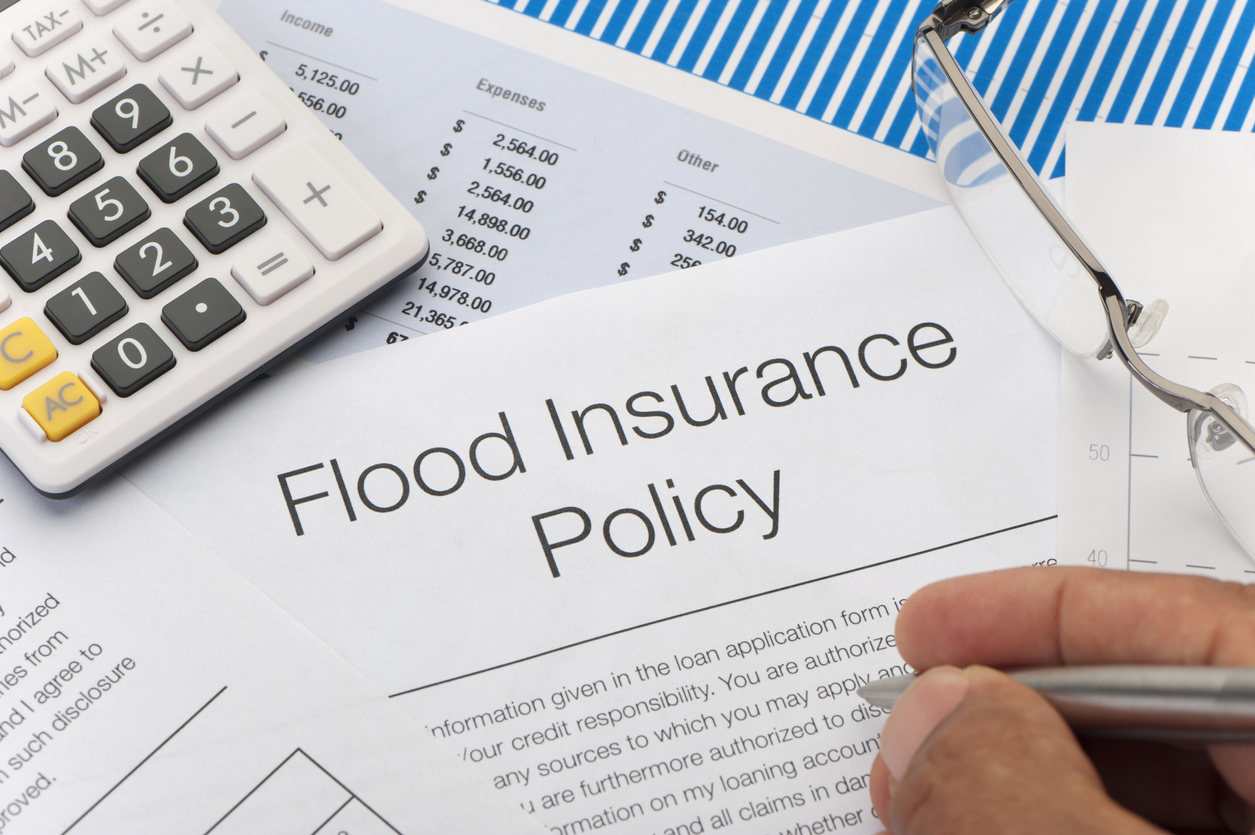Key findings:
- Across the 100 largest U.S. cities, there are only four active flood insurance policies for every 10 houses located in high-risk flood zones.
- In seven of those major cities, the ratio was lower than two per 100. This included Detroit, St. Louis and Cleveland.
- While the concept of a 100-year floodplain may not sound so dangerous, a homeowner in the floodplain actually has a 26% chance of being flooded over the duration of a 30-year mortgage.
- Because standard homeowners insurance does not cover flood damage, it's important for homeowners in flood zones to understand and obtain effective flood insurance as a separate policy.
Cities with the lowest rates of flood insurance coverage
The level of preparedness for flood season varies from state to state. While certain regions such as Florida and Louisiana are widely recognized as especially prone to flooding, every location in the U.S. has some level of exposure to flood risk.
To identify the cities that have the greatest amount of uninsured exposure, we combined data from the NFIP as well as New York University's Furman Center. This allowed us to find the relationship between the number of active flood insurance policies and the number of owner-occupied housing units located in the 100-year floodplain.
The lowest rates of active flood insurance were found primarily in cities and states that haven't experienced catastrophic flood damage in a long time. These included cities such as Boise, Riverside and Detroit. While some may think homeowners in these cities don't really need flood insurance, FEMA's definition of the 100-year floodplain applies the same to Boise as to New Orleans.
Some areas, including New Orleans, had very high levels of coverage. This tended to happen in cities where the ratio of policies to high-risk properties exceeded 100%. The recent memory of severe flood events likely prompted homeowners who live outside the 100-year floodplain to purchase flood insurance as well.
Flood insurance coverage appeared fairly low on a national scale as well. When comparing the total number of policies versus vulnerable homes in all 100 cities, we found a ratio of roughly four policies for every 10 high-risk properties. Meanwhile, the median city had just one active flood insurance policy for every 10 high-risk properties.












